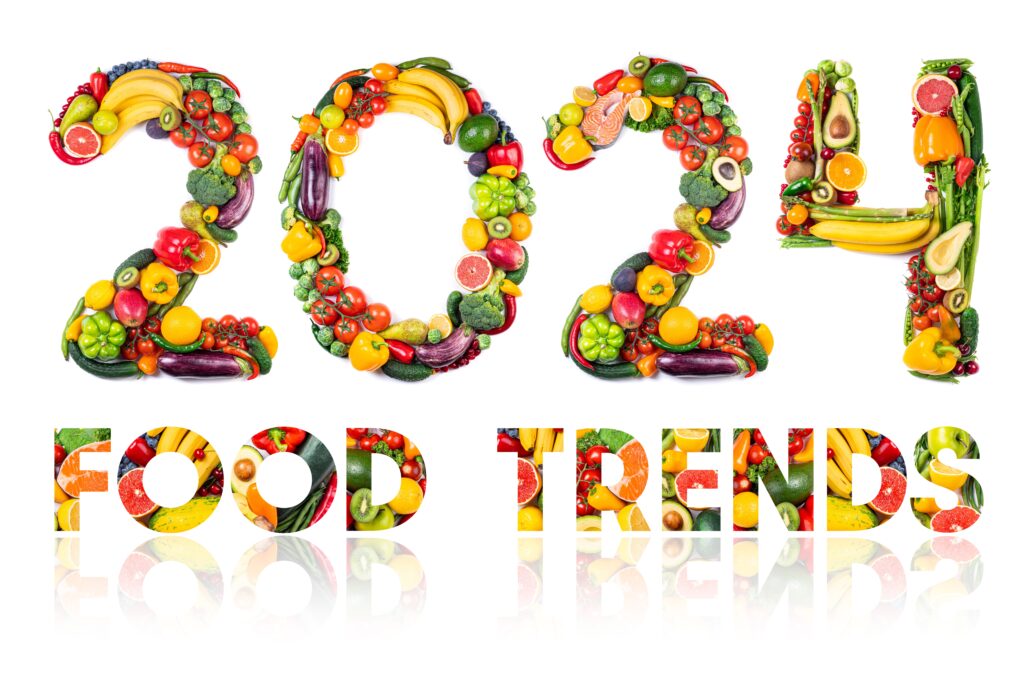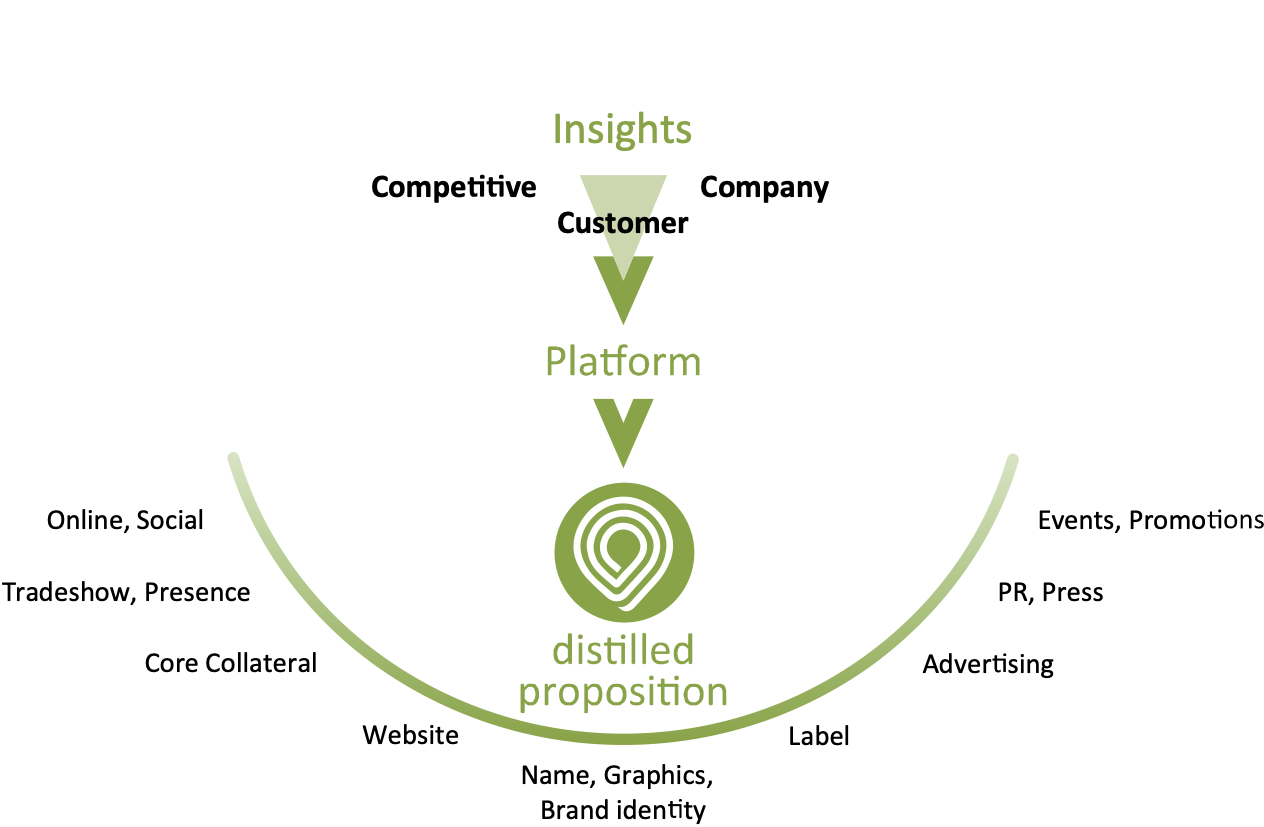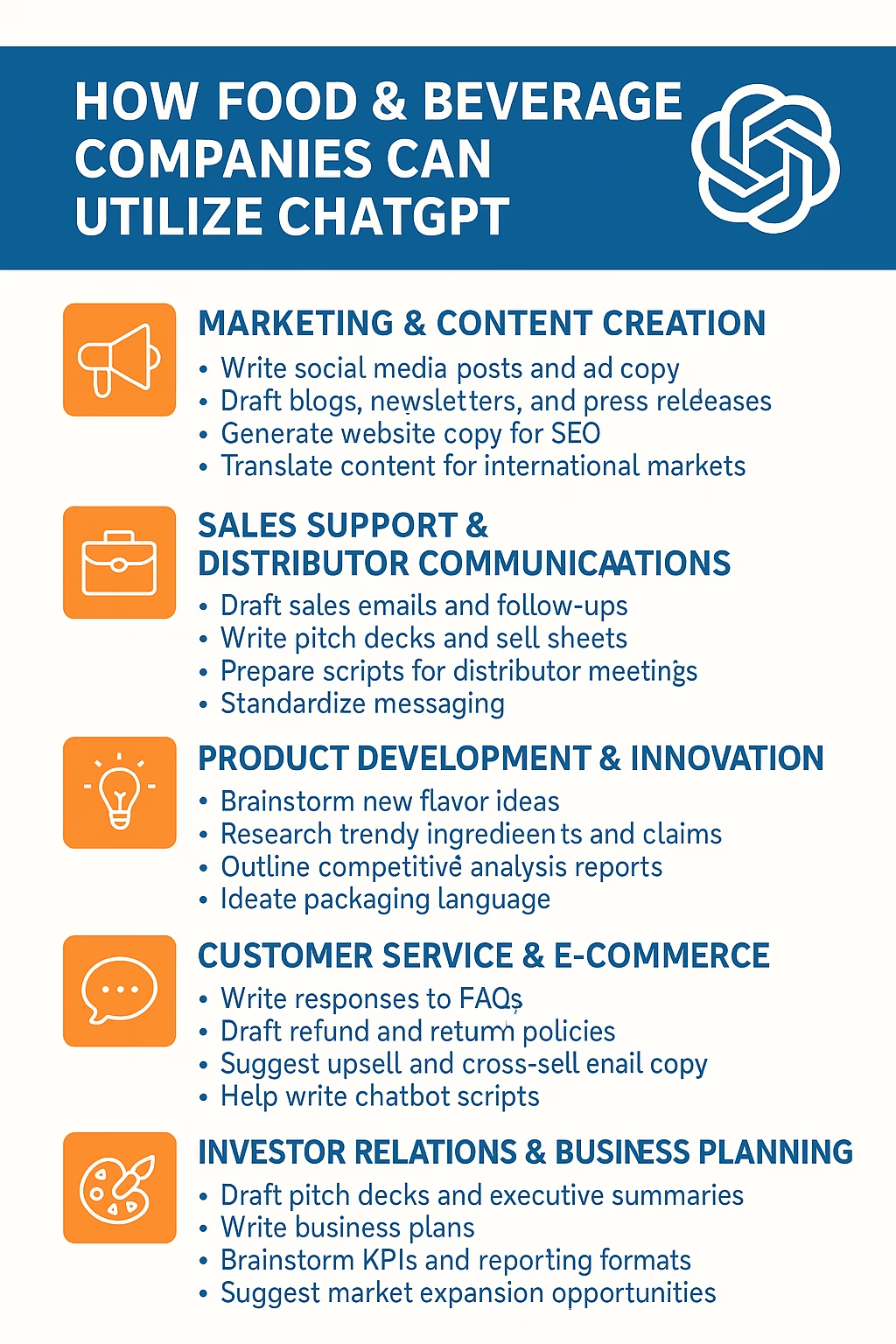This roadmap serves as a strategic compass for anyone building a brand—from early-stage entrepreneurs to CMOs at global companies. Follow…
Meat Consumption Trends in 2024: A Shift Towards Plant-Based Alternatives
The Changing Plate: Navigating the Shifting Trends in Meat Consumption

In recent years, the American diet has been experiencing a significant shift. Once a nation known for its high red meat consumption, the U.S. is seeing a gradual yet noticeable move towards alternative protein sources. This shift is most pronounced among the younger generations, Millennials and Gen Z, who are increasingly turning away from traditional beef products in favor of plant-based alternatives.
Health and Environmental Concerns
The driving force behind this change is multifaceted. On one hand, there’s a growing consciousness about health, with plant-based meats perceived as a healthier option. These products, often lower in saturated fats and devoid of the antibiotics and hormones found in conventional livestock farming, cater to the health-conscious consumer. On the other hand, environmental concerns play a significant role. The beef industry, known for its considerable greenhouse gas emissions and resource-intensive nature, stands in stark contrast to plant-based meats, which boast a smaller environmental footprint.
Animal Welfare and Ethical Considerations
Another critical factor influencing this shift is the concern for animal welfare. The ethical implications of meat consumption have led to a rise in vegetarianism and veganism, particularly among younger demographics. Plant-based meats offer a guilt-free alternative that aligns with these ethical values.
Economic Factors and the Beef Industry’s Response
Despite a decrease in consumption, beef prices remain high, influenced by factors like increased feed costs, labor shortages, and logistical challenges. This price disparity makes plant-based alternatives increasingly attractive as they become more affordable and accessible.
To remain relevant, the beef industry must adapt. This could involve embracing more sustainable farming practices, introducing organic and grass-fed options, and ensuring transparency in their production processes. The industry might also explore hybrid products that blend meat with plant-based ingredients, catering to the growing segment of flexitarian consumers.
Looking Ahead
As we look to the future, the narrative of meat consumption continues to evolve. The beef industry faces the challenge of balancing traditional practices with the evolving demands of a new generation of consumers. Their success in this endeavor will not only shape consumer choices but also have far-reaching implications for health, environment, and the global food landscape.
Conclusion
The shift in meat consumption patterns reflects a larger narrative about changing consumer values and the evolving food industry. As preferences lean towards sustainability, health, and ethics, the industry must pivot to meet these new demands. The future of the American diet lies not just in the hands of producers but also in the evolving palates and values of its consumers.







